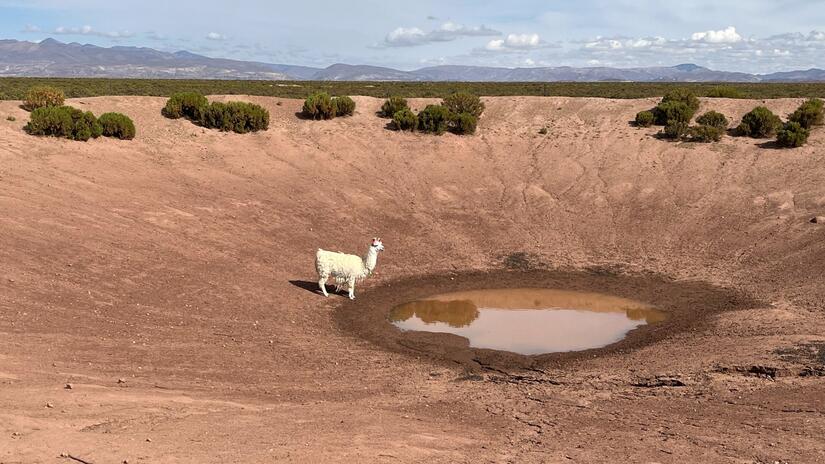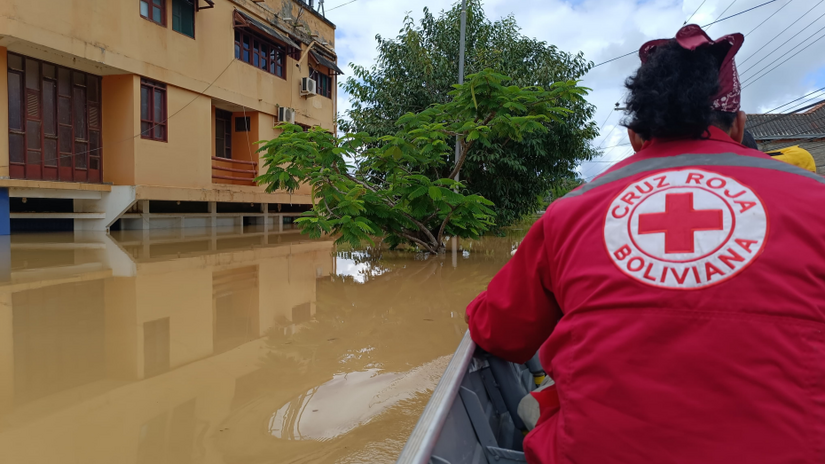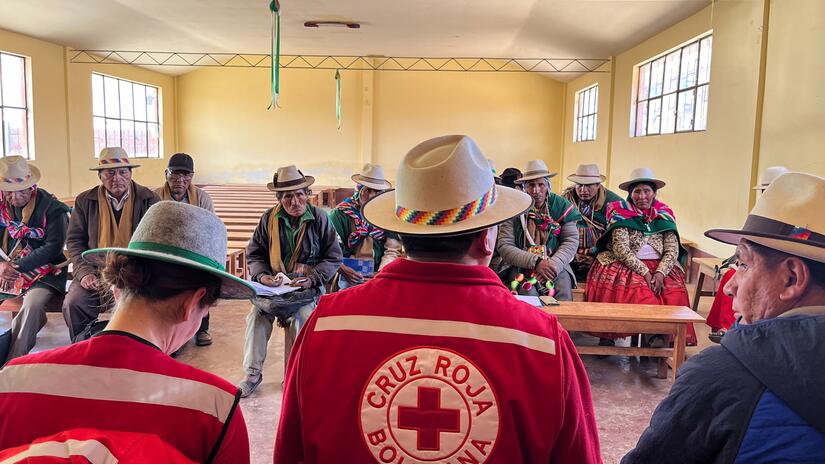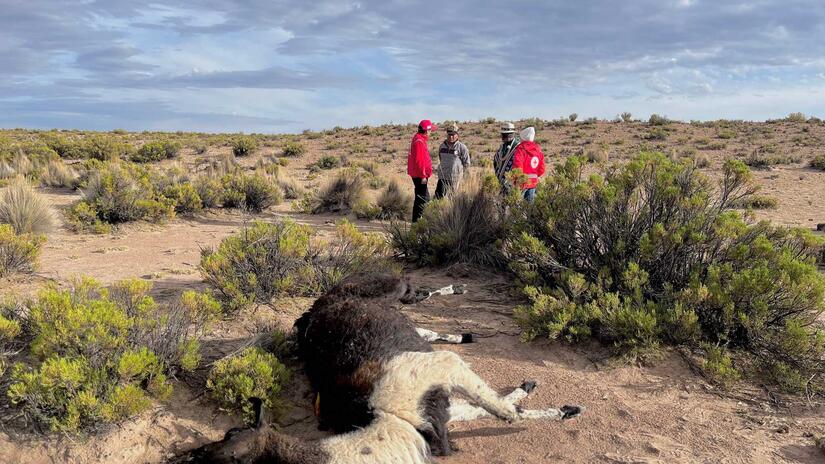In the last year, the Bolivian people have had to cope with devastating floods, the hottest year on record and the most severe drought in its history.
Over two million people suffered from the lack of rain, while the storms left over 50 people dead and 430,000 people affected.
These data seem to confirm what science has been telling us for some time: Bolivia is the most vulnerable country to the climate crisis in South America.
Prolonged droughts
The frequency and intensity of drought episodes is increasing in the highlands and plains of the country.
In 2023, Bolivia experienced the longest dry period in its history, a consequence of high temperatures and the climate crisis, intensified by the El Niño phenomenon.
In seven of Bolivia's nine departments (La Paz, Potosí, Cochabamba, Oruro, Chuquisaca, Tarija and Santa Cruz), nearly two million people saw the lack of rain dry up their fields, deplete their savings and damage their physical and mental health.
The effects were particularly severe in rural areas, where income and jobs depend on agriculture and the raising of camelids, sheep and cows. Water reservoirs dried up completely; potato and other staple food crops were lost; and llamas and alpacas began to get sick and even die of thirst.
"Every time a llama dies, apart from the emotional loss, we are losing about $100 USD, the equivalent of what we need to live for a month in our sector," says Evaristo Mamani Torrencio, a resident of Turco, in the department of Oruro.
“Per family, we lose between 15-20 llamas. That is a lot of money and that is a loss not only for the community, but it is also a loss for the town, because that is where the money comes from to buy our things in Oruro. If we don't make that economic movement and if we don't have resources, then we are simply not going to move the market."

Lone llama looks at what's left of a water hole that has shrunk to little more than a puddle due to unprecedented drought in Bolivia.
Photo: IFRC
Water scarcity can lead to restrictions on water use, an increase in its price and a decrease in its quality. This reduces the frequency by which people can hydrate themselves, weakens hygiene measures and increases the spread of stomach and infectious diseases.
In cases such as Evaristo's and other communities supported by the Bolivian Red Cross, the long recovery time after drought can also lead families to make decisions with irreversible effects on their lives. These include being forced to sell their land, going into debt or migrating.
Devastating floods
Meanwhile, in other parts of Bolivia, sudden flooding is also having a severe impact on people’s access to safe water supplies. On February 27, 2024, the Acre River in the city of Cobija, on the border with Brazil, exceeded its historical maximum and caused the flooding of 16 urban sectors and three rural communities.

Bolivian Red Cross responds to devastating floods in the city of Cobija, on february 2024.
Photo: Bolivian Red Cross Society
"The landslides associated with rainfall in 90 per cent of the country contrast with a progressive annual decrease in rainfall recorded by the National Meteorological and Hydrological Service in recent years," says Julian Perez, Program and Operations Coordinator for the IFRC in the Andean countries.
"Something that concerns the IFRC is that both events, droughts and floods, have severe long-term impacts on the community, affecting food production, food security and generating water deficit and malnutrition."
In addition to damage to fields and infrastructure, the population is already facing cases of dermatitis, respiratory infections and water-borne diseases such as diarrhea.
They are also preparing to avoid mosquito-borne diseases such as Dengue.
"In the first quarter of 2024 alone, Bolivia has registered a total of 11,000 cases of dengue fever,” Perez says.

The Bolivian Red Cross meets with local communities impacted by extreme and prolonged droughts.
Photo: IFRC
Bolivian Red Cross in action
In both extreme cases, access to clean water and essential services is critical to maintain health and prevent the spread of disease.
With support from the Bolivian Red Cross and the Emergency Fund for Disaster Response (IFRC-DREF), 6,500 people affected by the droughts and floods will be able to protect themselves via improved access to safe water and they will be able to better decide how to recover from the floods by receiving cash to address their most urgent needs.
"Bolivia urgently needs to implement climate change adaptation measures, such as reforestation and the construction of adequate infrastructure, as well as improve the early warning system and support the State's efforts to strengthen disaster management", Perez concludes.

